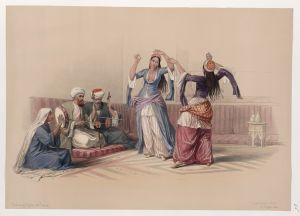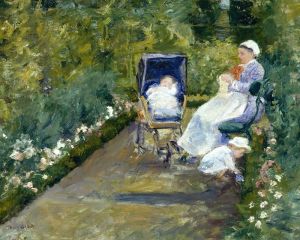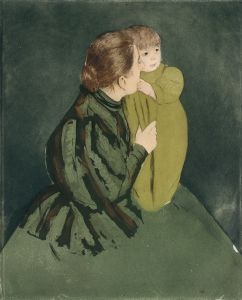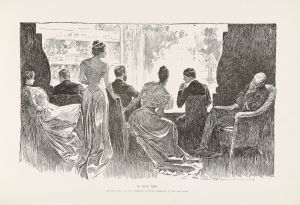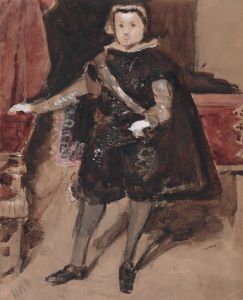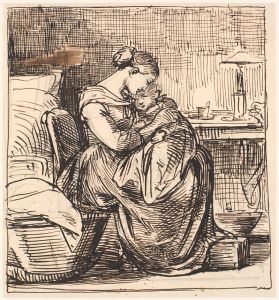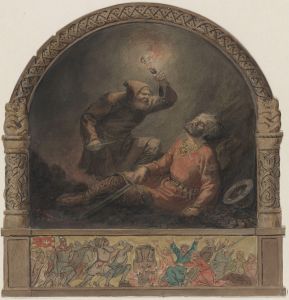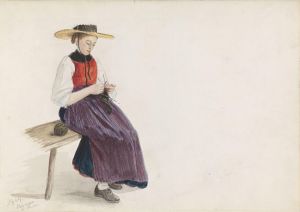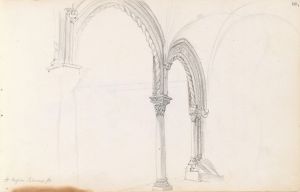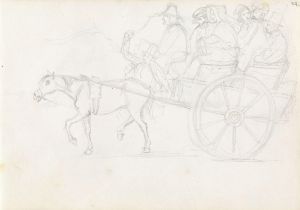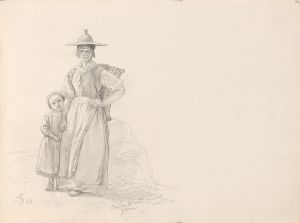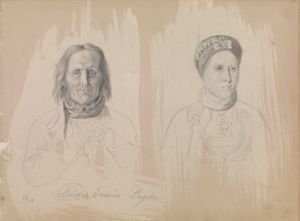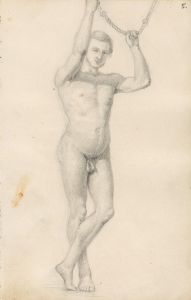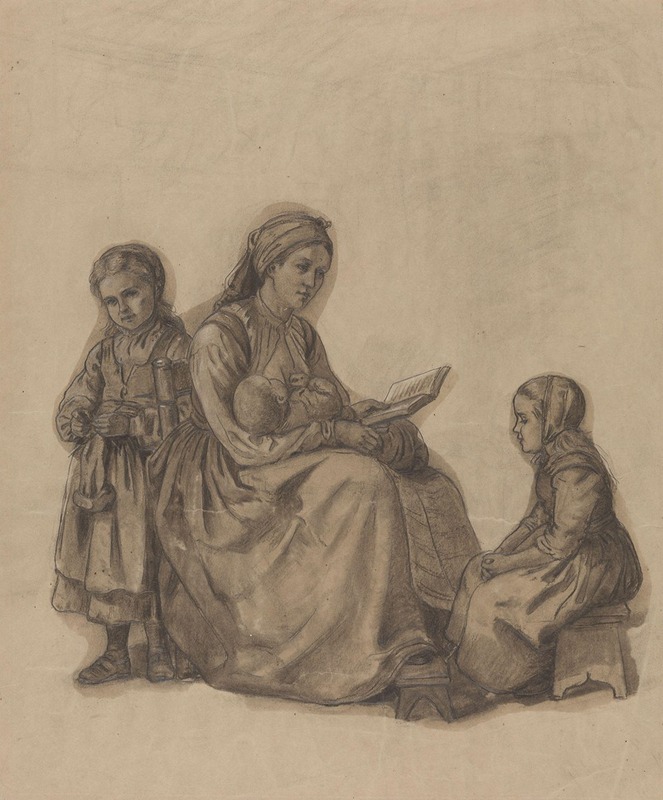
Kvinne med spedbarn som leser for to småpiker
A hand-painted replica of Adolph Tidemand’s masterpiece Kvinne med spedbarn som leser for to småpiker, meticulously crafted by professional artists to capture the true essence of the original. Each piece is created with museum-quality canvas and rare mineral pigments, carefully painted by experienced artists with delicate brushstrokes and rich, layered colors to perfectly recreate the texture of the original artwork. Unlike machine-printed reproductions, this hand-painted version brings the painting to life, infused with the artist’s emotions and skill in every stroke. Whether for personal collection or home decoration, it instantly elevates the artistic atmosphere of any space.
Adolph Tidemand's painting Kvinne med spedbarn som leser for to småpiker (translated as Woman with an Infant Reading to Two Little Girls) is a work by the renowned Norwegian artist Adolph Tidemand (1814–1876). Tidemand is celebrated for his contributions to Norwegian Romanticism and his depictions of rural life, traditions, and family scenes in 19th-century Norway. This painting exemplifies his focus on domestic and everyday themes, portraying an intimate moment of family life.
The artwork depicts a woman seated indoors, holding an infant while reading to two young girls who are attentively listening. The scene is characterized by its warm and tranquil atmosphere, reflecting the values of family, education, and maternal care. Tidemand's attention to detail in the figures' clothing and the interior setting provides insight into the cultural and social environment of rural Norway during the 19th century. The painting emphasizes the importance of storytelling and literacy as part of family life, a theme that resonated with the growing national identity and cultural pride in Norway during this period.
Adolph Tidemand is best known for his collaboration with Hans Gude on the iconic painting Brudeferden i Hardanger (The Bridal Procession in Hardanger), but his solo works, such as Kvinne med spedbarn som leser for to småpiker, highlight his ability to capture the emotional depth and simplicity of everyday life. His works often reflect a romanticized view of Norwegian peasant culture, which was highly valued during the national romantic movement.
The exact date of creation for Kvinne med spedbarn som leser for to småpiker is not widely documented, but it is consistent with Tidemand's artistic focus during the mid-19th century. The painting is representative of his broader oeuvre, which frequently explored themes of family, religion, and rural traditions. Tidemand's works were influential in shaping the perception of Norwegian identity and culture during a time when the country was seeking to establish its distinct national character.
As with many of Tidemand's paintings, this work is appreciated for its technical skill, emotional resonance, and cultural significance. It remains an example of how art can serve as a window into the values and daily lives of a particular time and place.






